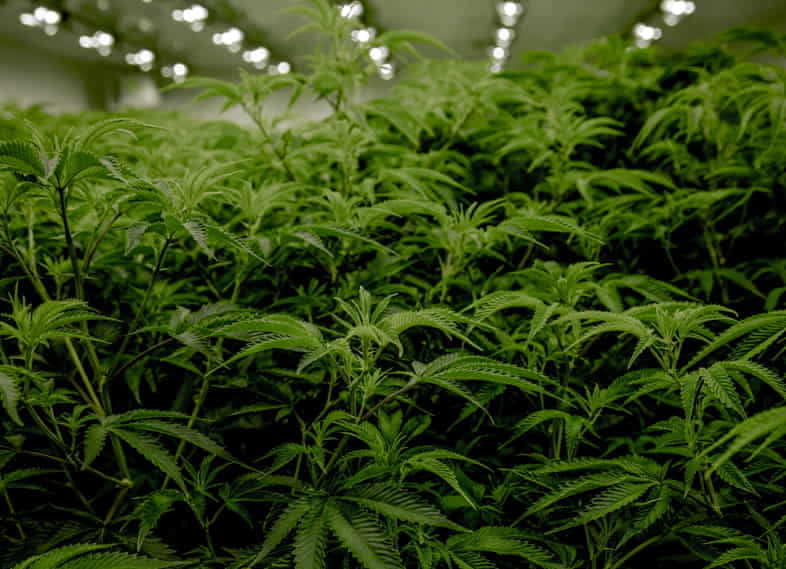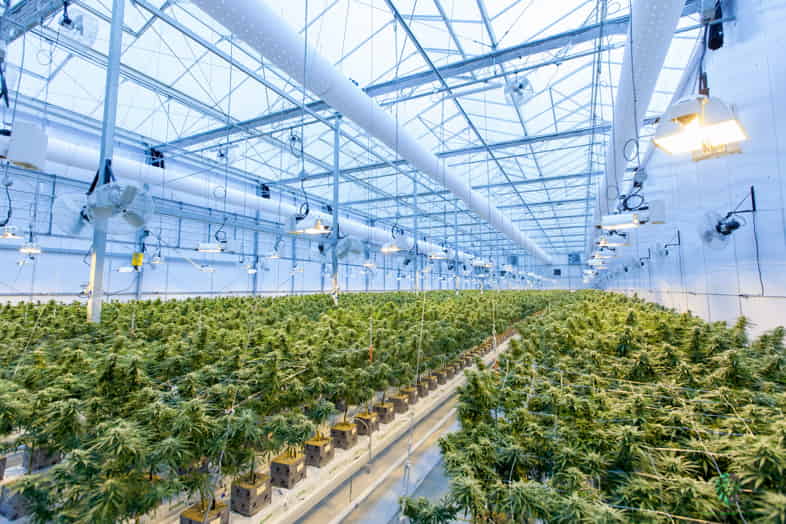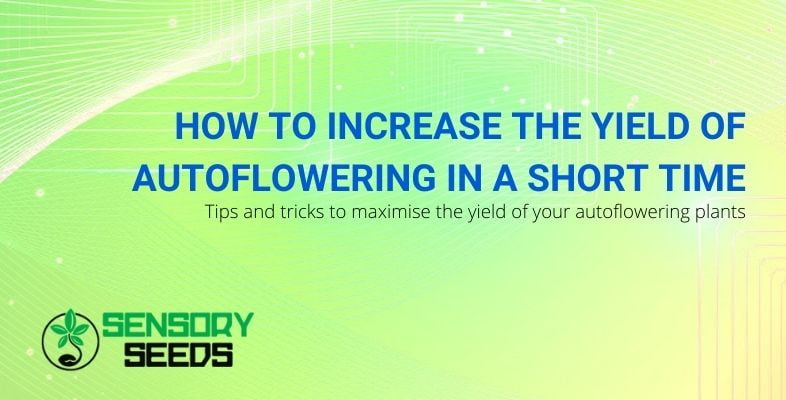Modified on: 20/09/2022
Tips and tricks to maximise the yield of your autoflowering plants
If you’re a fan of all things hemp, you’ve probably heard of autoflowering seeds, the products that have revolutionised the world of cannabis.
However, you may not have been aware that to perform at their best, these varieties need care that differs slightly from that of the wild specimens, right?
If you’re curious about this and want to learn more about autoflowering plants and how to grow them, this article will give you all the information you’re looking for.


What are autoflowering plants and what are their advantages?
In nature, the hemp plant has a photoperiodic flowering, i.e. it flowers according to the sunlight cycle: during the spring, it goes through its vegetative phase, during which it develops, stimulated by the increase in the length of the day. After the June solstice, however, the lengthening of the nights causes the plant to stop growing, and, between the end of summer and the beginning of autumn, it produces the inflorescences.
To anticipate the harvest, most indoor growers put their photoperiodic plants on a strict 12/12 lighting schedule, setting their lamps to provide 12 hours of light and 12 hours of darkness. By doing so, they reproduce the day/night cycle typical of late summer, stimulating the early flowering of hemp.
In the early 2000s, the first auto-flowering seeds were launched on the market. They were selected to produce plants that could grow independently of sunlight and develop inflorescences within a few weeks.
The arrival of these products has been hailed as a revolution, and thanks to these innovative cannabis seeds, growers can achieve more than respectable yields in a fraction of the time required to harvest photoperiodic varieties.
5 tips for maximising autoflowering yields
Although these plants flower ‘automatically‘, that doesn’t mean it’s wise to grow them without taking the proper precautions: their yields vary greatly depending on the grower’s care during their growth.
If you’re curious about how you can maximise the yield of specimens grown from autoflowering seeds, here are five practical tips to help you get the best results.
Carefully plan everything you need to make them grow at their best
The rapid growth rate of autoflowering plants offers little time to think about growing them. For this reason, it makes sense to plan every detail:
- What type of substrate will the plants be grown on? Soil, Rockwool or perhaps hydroponics?
- What nutrients will be used?
- Have the lights and ventilation already been set up?
- Is the selected autoflowering seed variety ideal for the desired objective?
These are just some elements that make the difference between an optimal result and a poor harvest. Never start growing an autoflowering plant before you have sorted out any doubts about the process: once the marijuana seeds come into contact with water, the clock starts ticking, and there is no time to make any changes to the plan.
Read also: Outdoor autoflowering seeds
Don’t transfer them
Every time you move a hemp plant from one container to another, it needs some time to get over the shock of the transfer and start growing again. With auto-flowering varieties, you don’t have the luxury of wasting precious days waiting for the specimen to begin growing again: your harvest could be irreparably compromised!
If there is no way to avoid transplanting, it is essential to ensure that you do not change the substrate between containers to limit the risk of unforeseen events.
Do not overdo it with nutrients
Sometimes beginners overfeed their plants with nutrients and run the risk of what is known as fertiliser burn.
This problem often occurs when growing autoflowering varieties because growers tend to forget that they have smaller roots than photoperiodic varieties and need fewer nutrients than they usually do.
For this reason, it is advisable to be very careful with fertiliser dosage and to proceed step by step, starting with low concentrations and checking how the seedling responds each time.
Keep an eye on the pH
The pH is one of the most important factors influencing the yield of hemp plants. Its value determines the ability of the specimen to absorb the nutrients necessary for its growth and flower production.
The ideal pH level for auto-flowering plants grown in soil is between 6 and 7; for specimens grown on other substrates or in hydroponics, a pH value between 5.5 and 6.5 should be maintained.


Do not neglect light
Although autoflowering plants grow independently of the solar cycle, they develop best when they receive a high number of hours of light.
Some indoor growers set their lamps to stay on 24 hours a day, but it’s worth bearing in mind that any plant needs rest to perform at its best.
To increase the yield of indoor-grown auto-flowering varieties as much as possible, it is best to set an artificial light/dark cycle of 18/6. However, for outdoor varieties, 12 hours in the sun is sufficient to ensure optimum results.
Read also: Marijuana seeds: how to choose them?
In conclusion
We have explained what autoflowering seeds are, what advantages they have over photoperiodic varieties and what steps you should take to maximise the yield of your hemp plants.
Our article has been written for purely informative purposes. We want to take this opportunity to remind the reader that the cultivation of cannabis is not legal in Italy.
If you’re passionate about growing hemp, we invite you to take a look at Sensoryseeds: in our online shop, you’ll find many varieties of autoflowering seeds, feminized seeds and many other weed seeds that are ideal for those who like to collect the best genetics!









